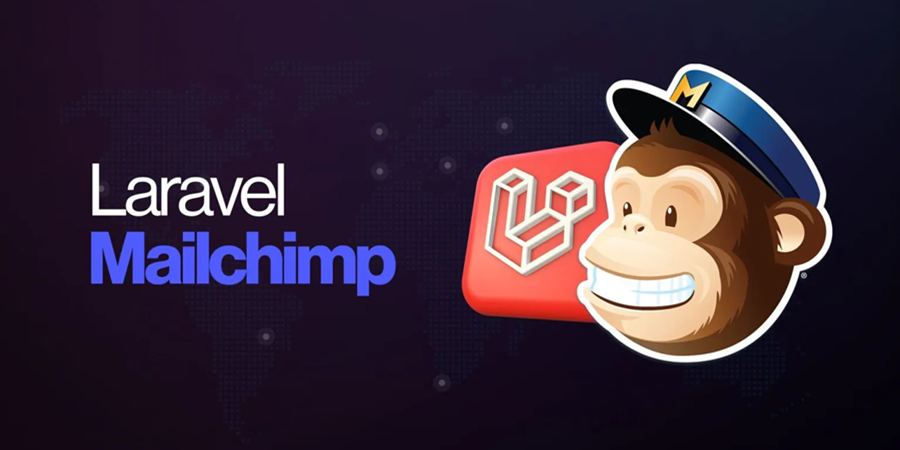Laravel, a powerful PHP framework, provides an excellent foundation for building robust web applications. In this tutorial, we will guide you through the process of building an advanced chat application using modern web technologies with a special focus on integrating Pusher, a real-time communication platform. By the end of this tutorial, you’ll have a fully functional chat application that leverages the power of Pusher for seamless real-time communication.
Overview of Pusher
Pusher is a real-time communication platform that simplifies the integration of real-time features into applications. It provides a WebSocket-based API, making it easy to implement features like live chat, notifications, and updates in real-time.
Prerequisites:
Before we dive into the tutorial, it’s essential to ensure that your development environment is set up correctly. Make sure you have the following prerequisites installed on your system:
- Laravel Installed: Make sure you have Laravel installed on your machine.
- Composer: Make sure to install the latest version of composer from the official website (https://getcomposer.org/).
- Text Editor: Choose a text editor or integrated development environment (IDE) of your choice. Visual Studio Code is a popular option.
- Pusher Account: Sign up for a free Pusher account at https://pusher.com/.







